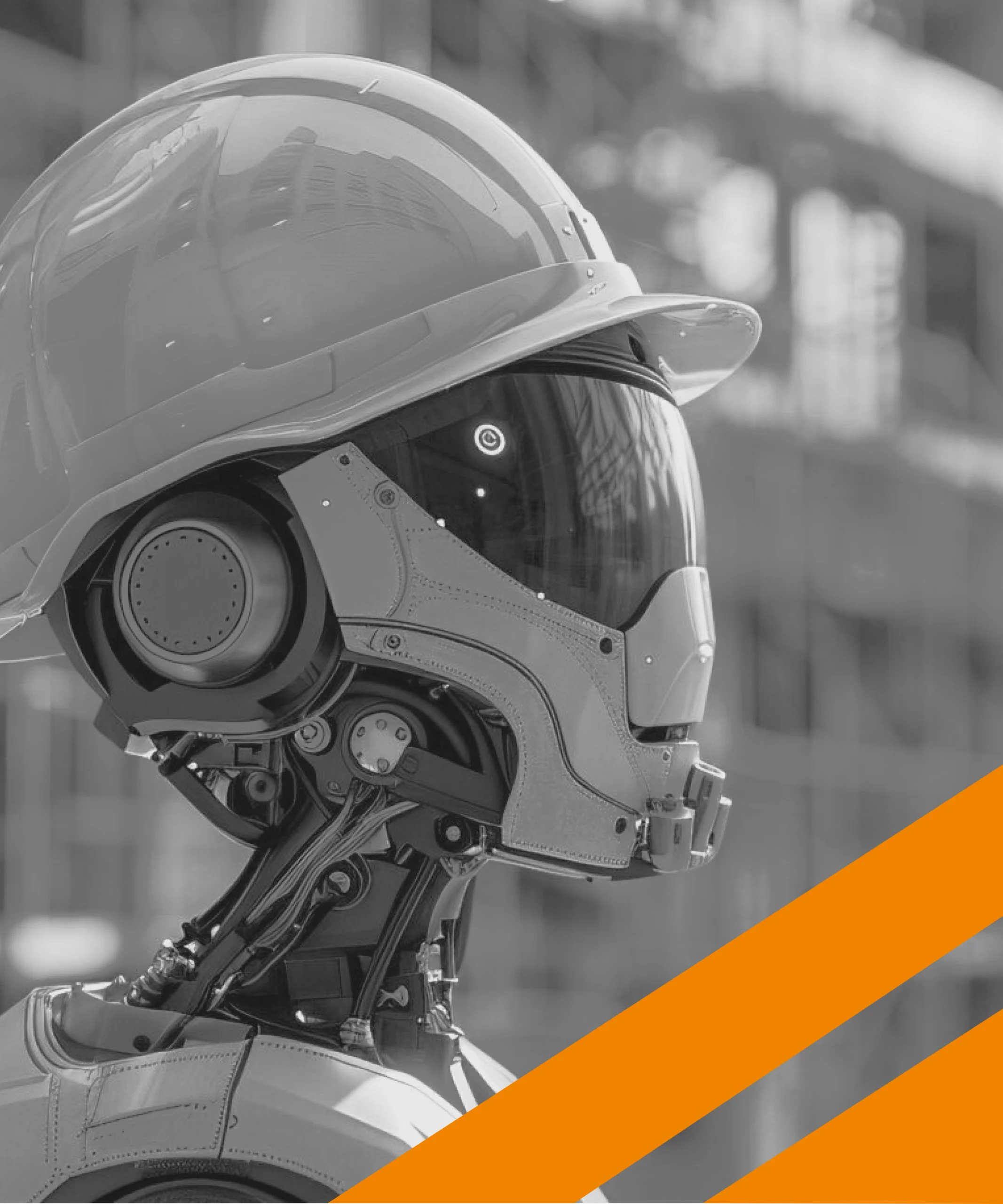Introduction
The construction sector is experiencing a profound transformation, driven by the rapid adoption of advanced technologies. Clients today expect projects to be delivered faster, safer, and with a stronger commitment to sustainability. To meet these expectations, construction firms must embrace innovation at every stage—from design to project management and execution. This article explores the most impactful technologies shaping construction in 2025 and beyond, highlights their benefits, and demonstrates how early adoption can create new opportunities for clients and industry professionals alike.
Key Technologies Transforming Construction
1. Building Information Modeling (BIM)
- BIM is now foundational for digital construction. It creates intelligent 3D models that integrate architectural, structural, and MEP data, enabling all stakeholders to collaborate efficiently.
- BIM supports clash detection, cost estimation, and scheduling, reducing errors and rework. It also allows for better visualization and simulation, ensuring that projects meet client specifications from the outset.
2. Artificial Intelligence (AI) and Generative Design
- AI is optimizing project planning, resource allocation, and risk management. By analyzing vast datasets, AI tools help teams forecast potential delays, optimize schedules, and minimize downtime.
- Generative design uses algorithms to automatically generate multiple design options based on specific parameters such as cost, materials, and sustainability. This accelerates the design process and leads to more efficient, innovative solutions.
3. 3D Printing (Additive Manufacturing)
- 3D printing is enabling the creation of complex building components and even entire structures, layer by layer, directly from digital models.
- This technology reduces material waste, shortens construction timelines, and supports the use of sustainable or recycled materials, contributing to greener building practices.
4. Drones and Aerial Data Collection
- Drones are revolutionizing site surveys, progress monitoring, and safety inspections. Equipped with high-resolution cameras, LiDAR, and thermal sensors, drones provide real-time data that enhances decision-making and site management.
- Integration with BIM platforms allows for seamless data flow and more accurate project tracking.
5. Robotics and Automation
- Robotics are now handling repetitive, hazardous, or precision-intensive tasks such as bricklaying, welding, and material transport.
- These systems increase productivity, reduce human error, and improve site safety by limiting worker exposure to dangerous environments.
6. Internet of Things (IoT) and Sensor Networks
- IoT devices and sensors monitor site conditions, equipment usage, and worker health in real time.
- Data collected is analyzed to predict maintenance needs, optimize resource use, and ensure compliance with safety protocols.
7. Cloud-Based Collaboration Platforms
- Cloud solutions facilitate real-time communication and document sharing among geographically dispersed teams.
- These platforms improve transparency, speed up decision-making, and help maintain project momentum, even when teams are remote.
How These Technologies Improve Efficiency, Safety, and Sustainability
Efficiency and Productivity
- Automated machinery, BIM, and AI-powered scheduling compress construction timelines and reduce costly errors.
- Prefabrication and modular construction, supported by digital planning tools, allow for off-site manufacturing and rapid on-site assembly, further increasing speed and quality.
Safety Enhancements
- Wearable devices and site sensors monitor environmental and worker health indicators, alerting teams to hazards in real time.
- VR-based safety training simulates dangerous scenarios, preparing workers without exposing them to actual risk.
Sustainability
- Digital tools help select green materials and optimize energy use, supporting sustainability goals.
- Technologies like 3D printing and automation minimize material waste and enable the integration of renewable energy systems into building designs.
- Smart buildings adjust lighting, temperature, and air quality automatically, reducing operational costs and environmental impact.
Real-World Examples of Technology Adoption
- Telesis, a renovation specialist, transitioned to digital cost estimation and project management tools, resulting in faster planning, more accurate pricing, and streamlined design processes. This shift enabled quicker loan approvals and more tailored services for clients.
- In South Korea, smart bricklaying robots achieved 99% accuracy and reduced construction time by nearly 30% on a twin tower project, demonstrating the potential of robotics for both quality and speed.
- In Shanghai, drones with 360° cameras and AI processing reduced site monitoring costs by 10% and improved progress reporting accuracy by 30%, while enabling near real-time updates to digital twins.
Future Outlook: Opportunities for Clients and Industry Leaders
Staying Ahead with Technology
- The construction technology market is expected to more than double by 2030, reflecting the sector’s commitment to digital transformation and innovation.
- Early adopters of technologies like AI, BIM, and robotics are already seeing significant benefits: cost savings, faster project delivery, improved safety, and higher client satisfaction.
- As these tools become standard, the ability to adapt and integrate them will distinguish industry leaders from laggards.
Creating New Opportunities
- The rise of smart buildings and digital twins is enabling proactive maintenance, energy optimization, and better occupant experiences.
- Data-driven decision-making supports more resilient and adaptable infrastructure, positioning clients to meet evolving regulatory, environmental, and user demands.
- Open standards and interoperability are becoming priorities, ensuring that data from different systems can be leveraged for even greater efficiency and insight.
Final Thoughts
The construction industry in 2025 is defined by its embrace of technology. BIM, AI, robotics, 3D printing, drones, IoT, and cloud-based collaboration are not just buzzwords—they are practical solutions delivering measurable improvements in project outcomes. Firms that invest in these technologies are not only meeting client demands for speed, safety, and sustainability but are also setting new benchmarks for the industry.
For clients, partnering with a forward-thinking construction firm means access to faster, safer, and more sustainable projects, as well as the confidence that their investments are future-ready. For construction professionals, the message is clear: the time to adopt and master these technologies is now.
Connect with us to learn how our expertise in emerging construction technologies can help you achieve your project goals and stay ahead in an ever-evolving industry.

